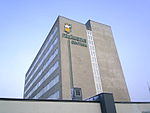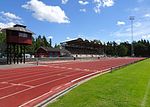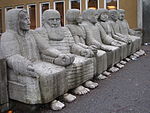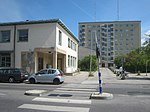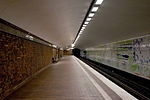Långsjön, Älvsjö
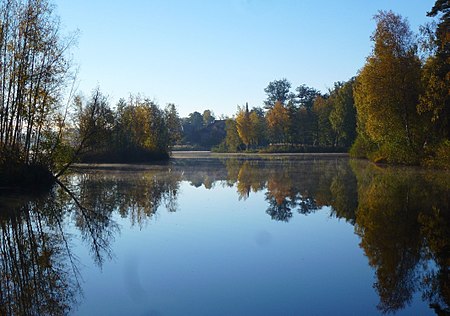
Långsjön (English: The Long Lake) is a lake in southern Stockholm, Sweden. The lake is situated in an old residential neighbourhood located between the municipalities of Stockholm and Huddinge and most of the shoreline is private property. The water level is controlled by a sluice in the north-western end of the lake where the lake empties into Lake Mälaren through a system of dikes and culverts. Polluted waste water was poured directly into the lake during the early 20th century which caused up to two-thirds of the lake to be choked-up until the 1940s. It was subsequently one of the first lakes in Stockholm to undergo restoration. The northern shores are waterlogged whilst the bedrock surfaces along the southern. The lake has no major feeders, the inflow instead coming from local stormwater and surface runoff.
Excerpt from the Wikipedia article Långsjön, Älvsjö (License: CC BY-SA 3.0, Authors, Images).Långsjön, Älvsjö
Notariestigen, Huddinge kommun
Geographical coordinates (GPS) Address Nearby Places Show on map
Geographical coordinates (GPS)
| Latitude | Longitude |
|---|---|
| N 59.2675 ° | E 17.966388888889 ° |
Address
Notariestigen
Notariestigen
125 54 Huddinge kommun, Snättringe
Sweden
Open on Google Maps


